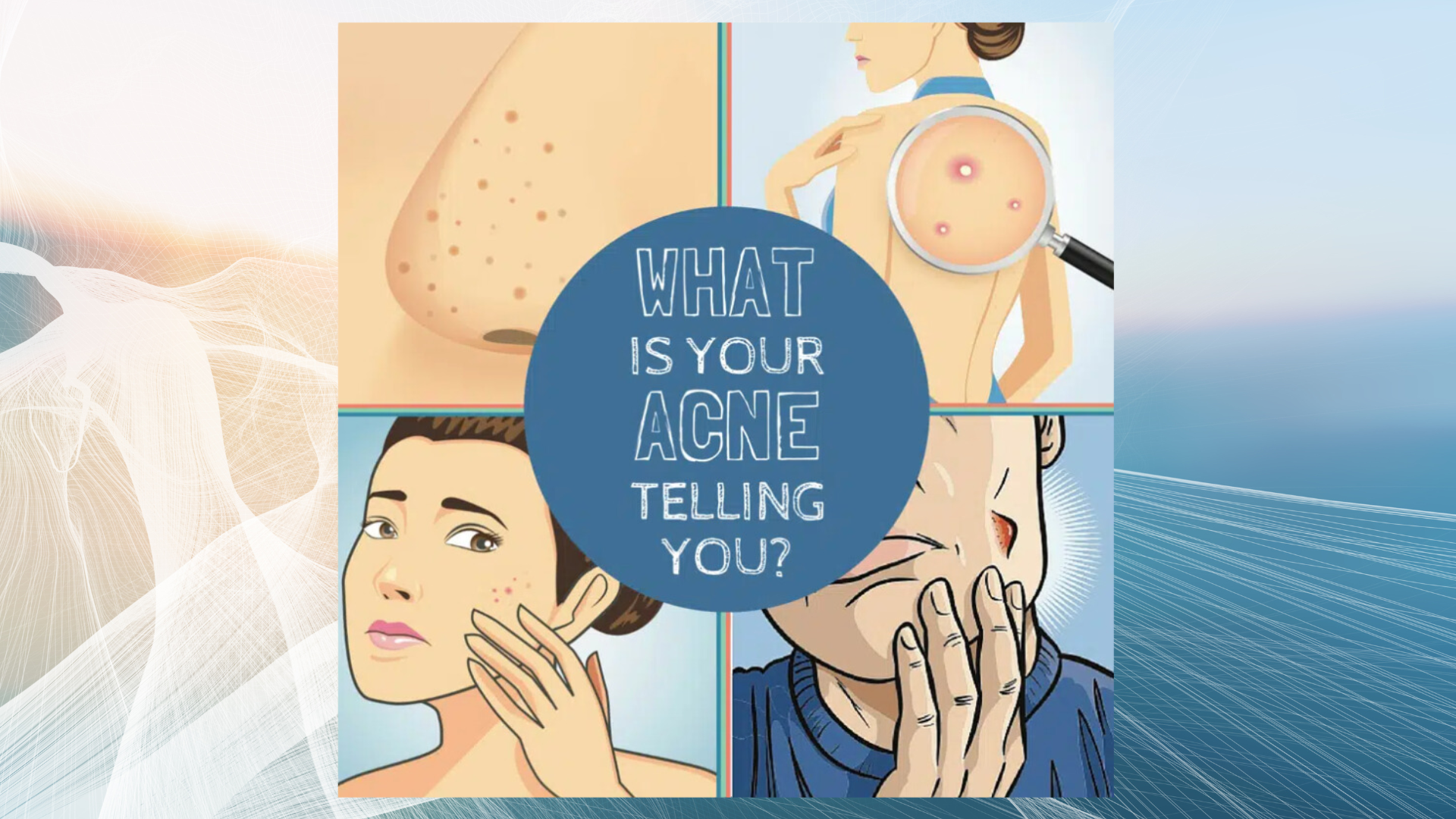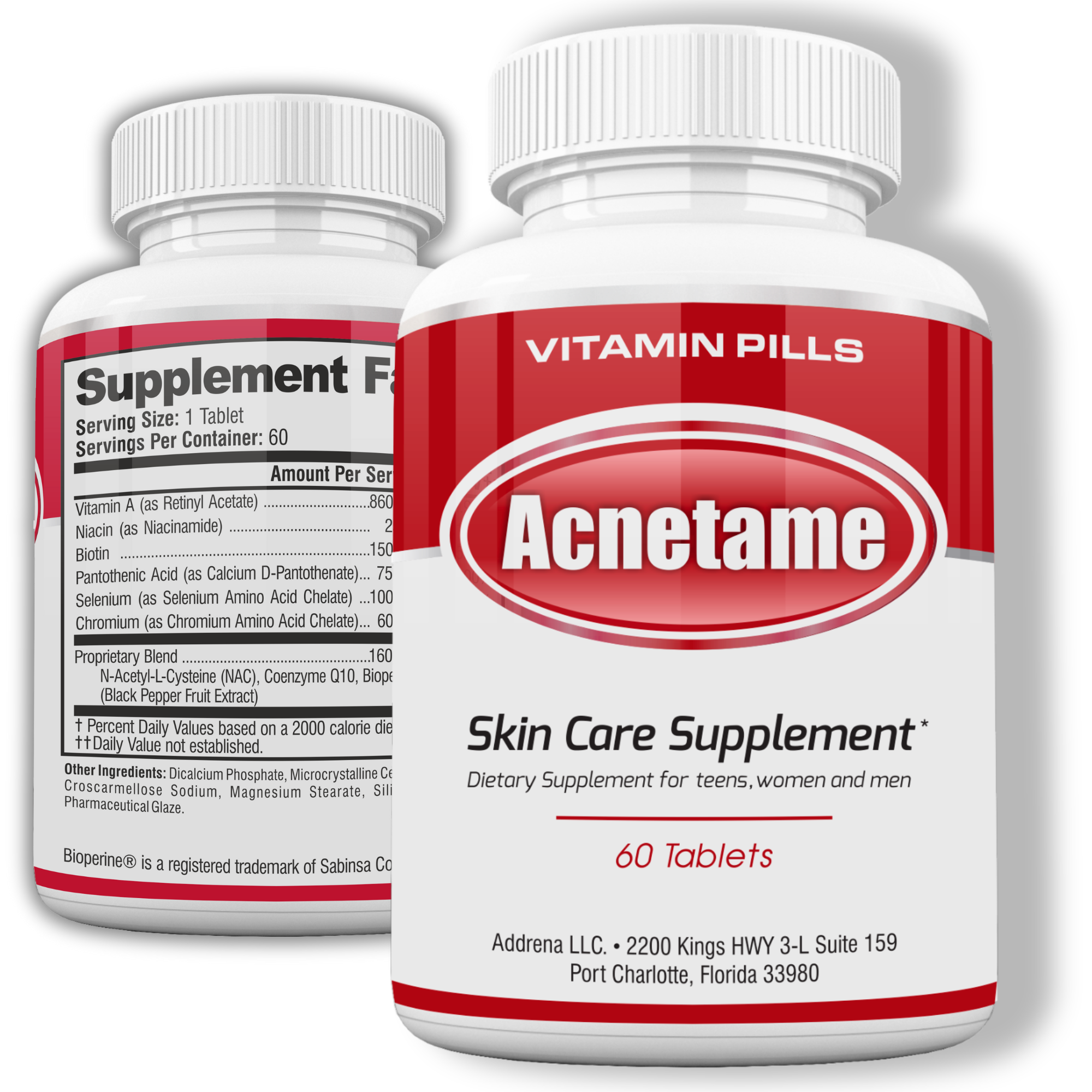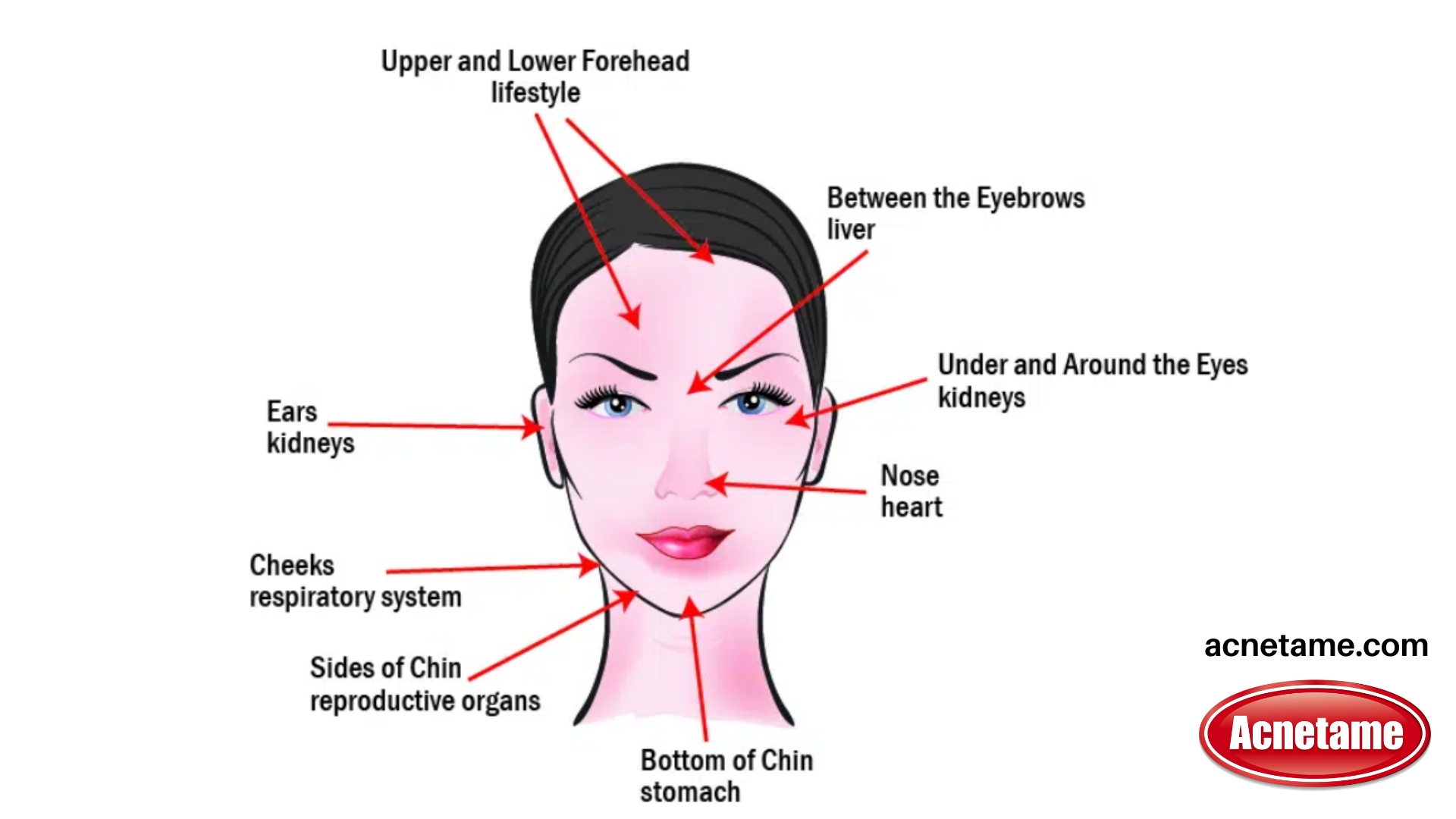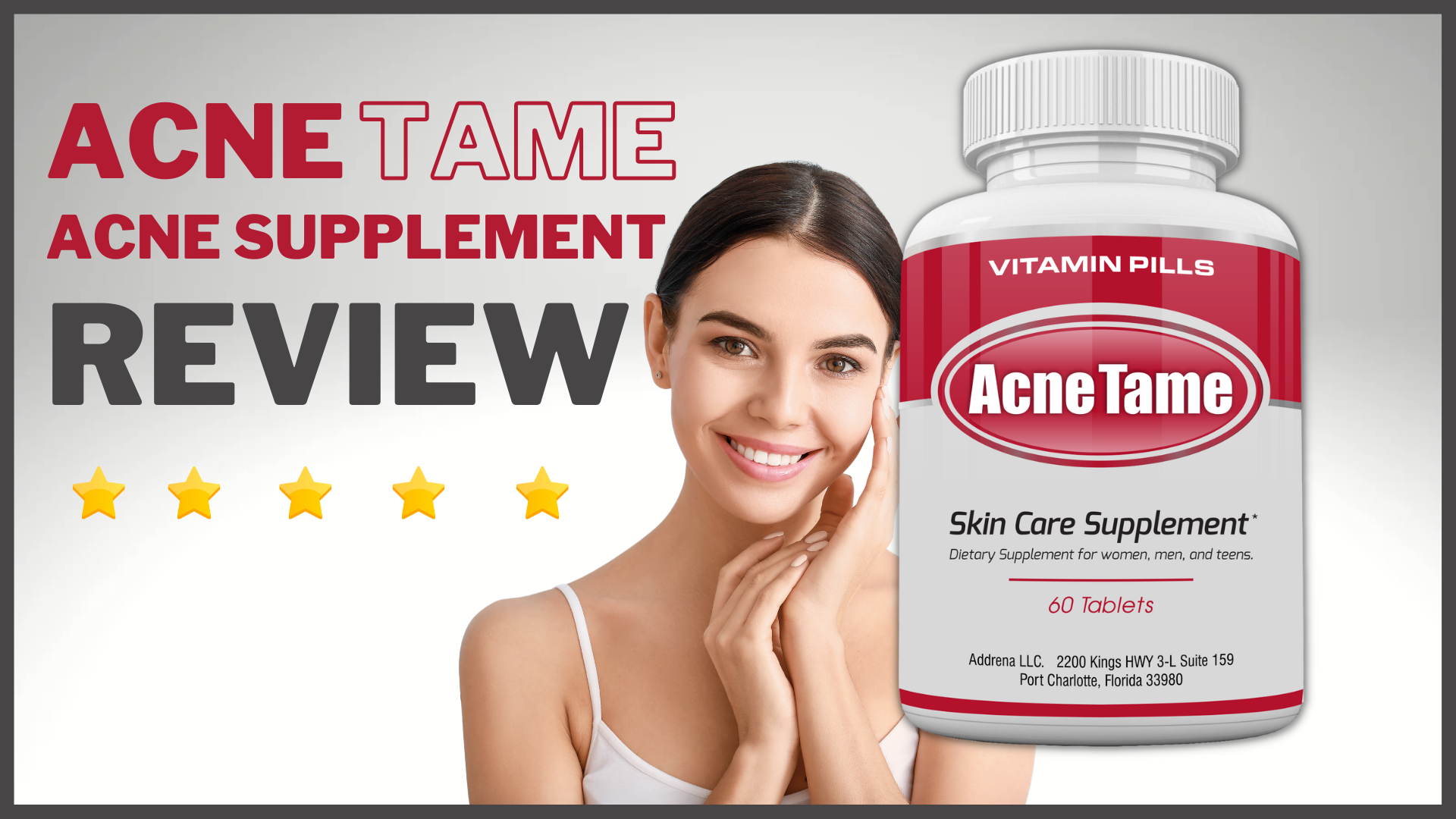
Many times we try to treat our acne by using topical spot treatments, but these products only provide temporary relief. Sometimes our acne is a sign of internal health issues that we need to address.
Acne is an infection under our skin that gets inflamed by our immune system. Knowing the reasons why we get acne on the outside can help us fix what is going on inside our bodies.
Acne Face Map: What is Your Acne Telling You?
Face mapping or “face reading” combines old techniques from Ayurvedic and Chinese medicine as well as new dermatological techniques to explain the underlying causes of acne.
In Chinese it is called “Mien Shaing” which translates to “reading the face”. Because some areas of our face and body don't have correlating medical evidence to show a connection with Chinese acne face maps,
some information from these maps have been left out.
If we're having internal issues within the organs in our body, they often show up as inflammation in the form of skin issues on our face and body. This inflammation can be in the form of acne, dry skin, discoloration, and various different rashes.
SEE MORE: Best Acne Supplements | Acnetame
Zone 1 & 2: Upper and Lower Forehead
Associated with: Lifestyle
Forehead and temple acne is often bacterial in nature and can indicate lifestyle factors such as an unhealthy diet, insufficient sleep, or poor hygiene.
While some face mapping theories suggest a connection between forehead acne and liver function, there is no scientific evidence to support this claim. Instead, studies show that frequent touching of the T-zone (forehead, nose, and chin) may contribute to breakouts in this area.
How to Prevent Forehead Acne
- Stay Hydrated: Drink plenty of water to help detoxify your body and prevent the buildup of toxins and waste.
- Limit Sugary and Processed Foods: Reduce your intake of soda, sugary snacks, and high-glycemic carbohydrates.
- Practice Post-Workout Hygiene: Shower promptly after exercise to remove sweat and bacteria.
- Clean Accessories: Regularly wash hair, hats, bandanas, headbands, and any type of headgear to prevent bacteria buildup.
Zone 3: Between the Eyebrows
Associated with: Liver
Acne between the eyebrows may be linked to lifestyle factors like excessive alcohol, trans fats, or food allergies.
The T-zone's higher oil production makes this area prone to breakouts often influenced by diet, poor cleansing, sweat, or hygiene. Liver health may also play a role as seen in conditions like jaundice.
Zone 4: Under and Around the Eyes
Associated with: Kidneys and liver

Small bumps around the eyes, such as milia, xanthelasma, or syringoma, result from clogged pores, high fat levels, or sweat gland overgrowth.
Milia is often mistaken for acne, but are white, cannot be popped, and are more common in lupus patients with kidney issues.
Dark circles may indicate dehydration; avoid diuretics, drink enough water, but not excessively, to maintain balance.
Zone 5: Nose
Associated with: heart
The nose may be linked to heart health with studies suggesting a connection between nosebleeds and heart issues.
Folate, Vitamin B6, and B12 support heart health by lowering homocysteine levels and can be found in foods like spinach, broccoli, and cauliflower, which also help fight acne by removing toxins.
The nose’s oiliness and frequent touching can lead to clogged pores and breakouts.
Zone 6: Ears
Associated with: kidneys
The ears may indicate kidney health as tinnitus is linked to weakened kidneys. High blood pressure can harm kidney function by damaging its filtering ability.
Dehydration is often caused by diuretics like coffee, alcohol, or water pills and can also affect the ears. Lack of hydration impacts the body beyond the skin, contributing to high blood pressure, fatigue, high cholesterol, digestive issues, and allergies.
Zone 7: Cheeks
Associated with: respiratory system
Smoking can contribute to acne by reducing skin oxygen and it may worsen acne rosacea which is a condition causing redness and pimple-like dots on the cheeks.
Rosacea is chronic but manageable with treatments. Cheek acne often results from makeup, oily creams, or unclean pillowcases. Proper cleansing and hygiene can help prevent breakouts.
SEE MORE: Pore Favor Review
Zone 8: Sides of Chin
Associated with: reproductive organs
Chin acne often signals hormonal imbalances caused by puberty, menstrual cycles, menopause, PCOS, certain medications, high-sugar diets, stress, and poor sleep.
These factors increase oil production leading to clogged hair follicles.
To reduce chin acne, lower sugar and carb intake, maintain good hygiene, and prioritize restful sleep.
Zone 9: Bottom of Chin
Associated with: stomach
Pimples on the jawline and chin may indicate digestive issues like gas, bloating, and irregular bowel movements.
To address chin acne, try taking a fiber supplement after meals to improve digestion, stabilize blood sugar, and reduce overeating. Fiber can also support weight loss.
I Get Body Acne Too, What Is It
Telling Me?

Body acne mapping can help identify the underlying causes of breakouts on different areas of the body, including the scalp, neck, back, chest, arms, torso, butt, groin, and thighs.
Like facial acne, body acne may be linked to specific issues.
Zone 1: Neck
Associated with: hormones
Neck acne may indicate hormonal imbalances in our body which can be seen for example in menopausal women.
Other reasons for breakouts in this area may be caused by irritation from hair products, shirts with tight collars, and sweating.
Zone 2 & 3: Shoulders
Associated with: hormones
Shoulder blemishes may mean that we are dealing with hormonal acne which is commonly seen in men looking to bulk up by taking anabolic steroids.
Another reason not associated with hormones that people get shoulder acne is from a combination of sweating and handbag/backpack straps which cause friction against our skin. This is commonly seen in teens with acne.
Zone 4: Chest
Associated with: Liver and digestive system
Chest acne may be caused by an imbalance in gut bacteria, weakened liver function (like jaundice), tight clothing, harsh body washes, fungal infections, or allergies.
A poor diet especially high in sugar and carbohydrates can also contribute to breakouts. Taking probiotic supplements can help balance gut bacteria and improve skin health.
Zone 5 & 6: Arms
Associated with: vitamin levels
Pimples on the arms are often caused by overactive oil glands, leading to clogged pores and infected hair follicles.
They may also be a sign of keratosis pilaris, a condition characterized by small, rough bumps from excess keratin buildup.
This condition is linked to deficiencies in vitamins A, D, and K2 and can be exacerbated by gluten sensitivity or celiac disease. Increasing intake of these vitamins and avoiding gluten may help improve skin health.
SEE MORE: Blemless Review UK
Zone 7: Stomach
Associated with: lifestyle
Breakouts on the stomach are rare because of a lack of oil glands in this area, but can be caused by tight fitting clothes and fabrics that may irritate the skin.
If you exercise or sweat a lot you can experience breakouts especially if you shave your stomach as the hair follicles are more prone to getting clogged with dead skin cells and bacteria.
Zone 8: Groin & Crotch
Associated with: hygiene, shaving, STDs
Pimples in sensitive areas like the groin can be caused by bacteria thriving in warm, moist environments, often due to poor hygiene or shaving.
Using an old razor or regular soap can also trigger bumps after shaving. If bumps don't improve in 4-5 days, they may be a sign of an STD, which are typically itchy, pus-filled, and different from regular acne.
Practicing good hygiene and using proper shaving products can help prevent irritation.
Zone 9 & 10 – Thigh and Legs
Associated with: Sensitive skin
Thigh and leg acne is often triggered by external factors like skin irritants from creams, body lotions, and tight clothing that doesn't allow the skin to breathe, such as leggings or tight jeans.
Shaving can also lead to ingrown hairs, which cause red, bumpy blemishes similar to acne.
Zone 11 & 12 – Shoulders, Upper and Lower Back

Associated with: hormones
Steroid users looking to bulk up and improve performance take these synthetic hormones which cause hormonal fluctuations from increased testosterone and estrogen. This is well known for giving someone zits on their upper back region.
Breakouts on this part of the body are also called “backne”. This can be caused by sweating, not showering after exercising, and body lotions that clog pores and irritation from body soap.
Many times these pimples are brought on by acne mechanica which is acne that is caused by friction between the skin and sweaty clothes, headbands, or hats.
This type of breakout is common amongst sport players and is often called “sport induced acne”.
SEE MORE: Clear 3 Acne Support
Zone 13: Buttocks
Associated with: digestive system
Acne-like bumps on the buttocks may be linked to autoimmune issues like gluten sensitivity or Hidradenitis Suppurativa (HS) which causes painful boils and takes months to heal.
Tight clothing and unsanitary conditions can also contribute. Maintaining cleanliness and adopting a proper diet for skin care can help prevent breakouts.
Are Acne Face Maps and Body Acne Charts Legit?
Face and body mapping provides general guidelines but is not fully backed by scientific evidence. While cheek acne is often linked to hormonal imbalances other factors may contribute to acne as well. Acne on different areas of the face and body can indicate imbalances in the body that may need to be addressed, but the causes can vary for each person.
How Can Someone Fix These Issues?
How Long Does it Take to Change Hormones, Diet, and Lifestyle?
Improving your skin and overall health is a gradual process and it’s important not to get discouraged.
Start by making small, manageable changes like swapping unhealthy snacks for healthier ones or getting a bit more sleep.
Incorporating light exercise such as yoga or a brisk walk can improve circulation and oxygen delivery to your skin reducing the likelihood of breakouts.
Over time, these small adjustments will help support long-term skin and body health. Additionally, consulting with a doctor for testing related to internal factors such as allergies or toxins like heavy metals can provide valuable insight for further improvements.
When Should I Try Different
Treatments?
Supplements
Many people don't receive enough essential nutrients through their diet which is why it may be a good idea to supplement with them.
The most important over the counter acne supplements to take are omega-3s and Acnetame. With Acnetame, you'll get all of your important skin vitamins, amino acids, and minerals.
Omega-3s like fish oil may also help control hormones, inflammation, redness, and skin elasticity.

Topical Treatments
Topical treatments like benzoyl peroxide, salicylic acid, and tea tree oil can offer temporary relief for acne especially in the case of minor breakouts.
These ingredients help to kill the bacteria, reduce inflammation, and alleviate redness in existing blemishes.
While they provide short-term improvements, long-term acne management requires addressing underlying factors such as diet, hormones, and lifestyle habits.
Face Wash
Choosing the right face wash is essential for maintaining healthy skin. Opting for a wash without oil or fragrance can help prevent skin irritation and breakouts.
Exfoliating face washes can be beneficial for removing dirt and dead skin cells, but it's important to be cautious of products with microbeads. These tiny plastic beads can damage the skin if used too aggressively and they also pose a threat to marine life.
Consider opting for gentle exfoliants with natural ingredients like fruit enzymes or oatmeal to avoid causing harm to your skin or the environment.
Should I See a Doctor For My Acne?
When home remedies and OTC treatments no longer work, seeking professional help from a dermatologist can be a good option.
A dermatologist can provide personalized recommendations including medication, pills, and topical treatments suited for your specific skin type and acne.
Antibiotics are commonly prescribed to treat acne, but they can lose effectiveness over time as the body builds resistance. Some people may experience side effects like dry skin, dry mouth, rashes, or dizziness from these medications.
In certain cases, a doctor may recommend birth control pills for women to help regulate hormones and manage severe acne.
Frequently Asked Questions
Can acne be a sign of something serious?
Acne isn't always simply due to clogged pores or hormonal imbalances. Sometimes, blemishes in specific areas of the face or body can signal underlying health issues. These problems will often persist until the root cause is addressed and treated.
What organ causes acne?
The kidneys and liver affect hormones, which can impact acne and menstrual cycles. Poor organ health may lead to imbalances causing breakouts and period issues.
What does acne on the cheeks mean?
Acne on the lower cheek, jawline, and chin is often hormonal, caused by overactive oil glands responding to hormones, anxiety, sugar, dairy, or natural hormone changes.
Does location of acne mean anything?
An abundance of sebum can cause acne. Extra oil production can mean that breakouts occur more often in these areas than other parts of the face.
Young people with have more acne around the U-zone, which covers the cheeks and chin, than in the T-zone.
What foods cause acne?
- Refined grains and sugars
- Dairy products
- Fast food
- Foods rich in omega-6 fats
- Foods that increase testosterone

